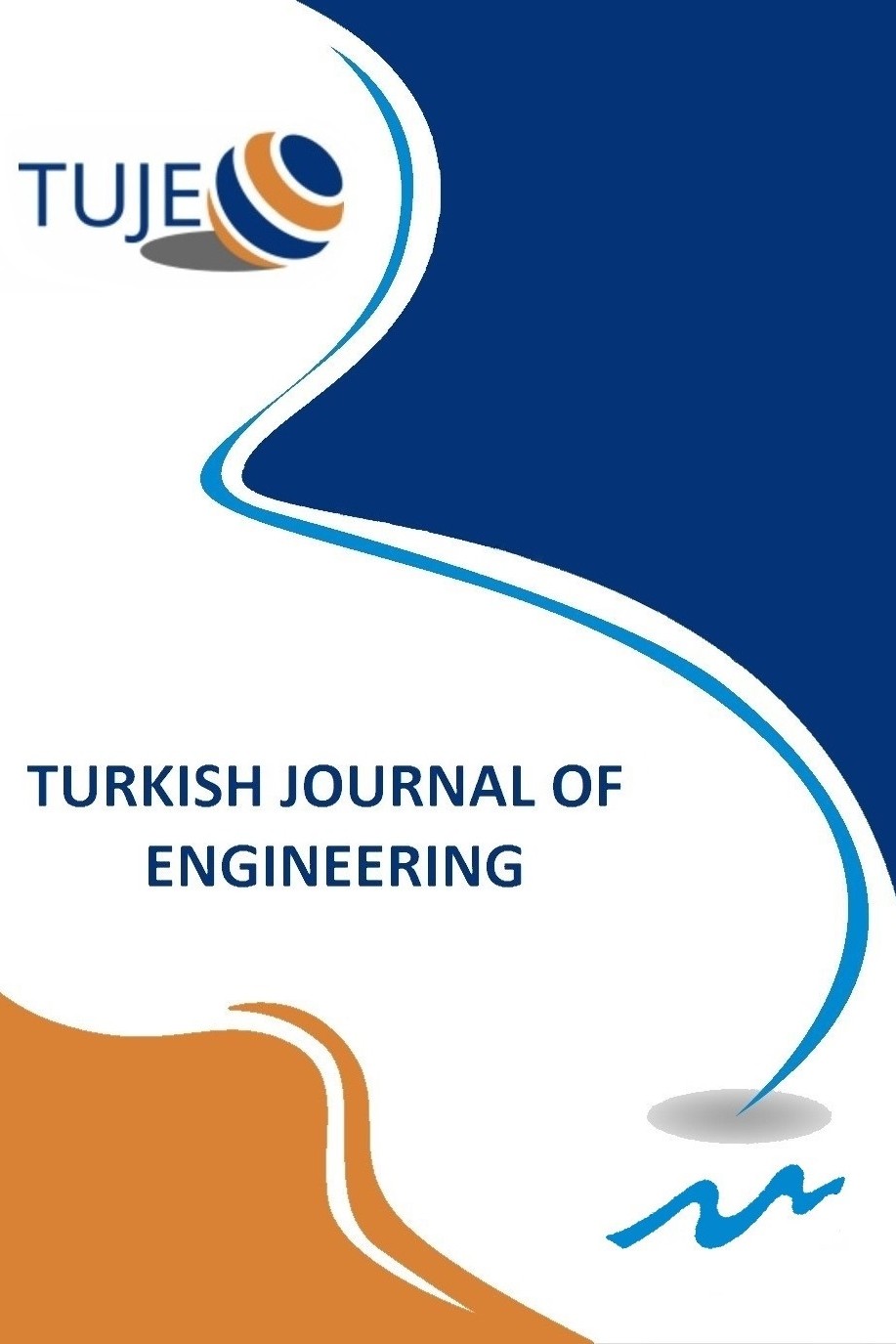
Turkish Journal of Engineering
Yazarlar: ["Olumuyiwa FALOWO", "Abayomi Solomon DARAMOLA"]
Konular:-
DOI:10.31127/tuje.1107329
Anahtar Kelimeler:Ibulesoro,Irrigation indices,Water quality index,Groundwater exploration,GWPIV
Özet: Groundwater exploitation requires better understanding of the resource availability and quality/vulnerability. Geophysical techniques, pumping test, hydraulic measurement, borehole logging and quality test analysis have been used in Ibulesoro, southwestern Nigeria, to understanding the hydrogeological system in terms of groundwater availability, aquifer delineation, and evaluate the groundwater physico-chemical and biological contents. The study utilized multi-criteria evaluation techniques (GWPIV) to assess the overall aquifer potential/vulnerability. The geology of the area comprises granite, migmatite, migmatite gneiss, biotitic granite, and gneiss. The main water-bearing unit was the weathered layer and fractured basement, which are usually unconfined aquifer. The hydraulic conductivity and formation factor is related by y = 0.239e0.0519x with correlation coefficient of 0.0961. The average hydraulic conductivity and transmissivity are 0.52 m/d and 5.78 m2/d respectively. The hydrogeological parameters viability increases southwardly, just as groundwater movement/flow is due south. The average thickness of the weathered layer and overburden are 8.6 m and 16.1 m respectively, with dominant resistivity in the range of 80 – 200 ohm-m. The best drilling points (migmatite/gneiss geologic units) are where the fractured basement underlies the weathered layer which most not necessarily exceed 30 - 35 m. The average depth to basement rock is 16.1 m. The obtained GWPIV varied from 1.12 to 1.71, with an average of 1.30 suggesting low potential but good for drinking and irrigation uses in its present state, however highly vulnerability to contamination, as the vadose zone thickness (5.68 m avg.), AVI (0.57 avg.), and LC (0.0818 mhos avg.) all point to the low protective capability. The water types is mixed Ca-Mg-Cl. The mechanism controlling the groundwater quality falls in the mixed zone, which indicates contribution from soil/rock-water interaction, precipitation, and evaporation; while carbonic weathering is more active than the silicate weathering process.